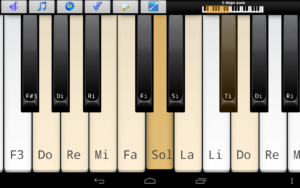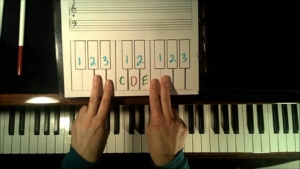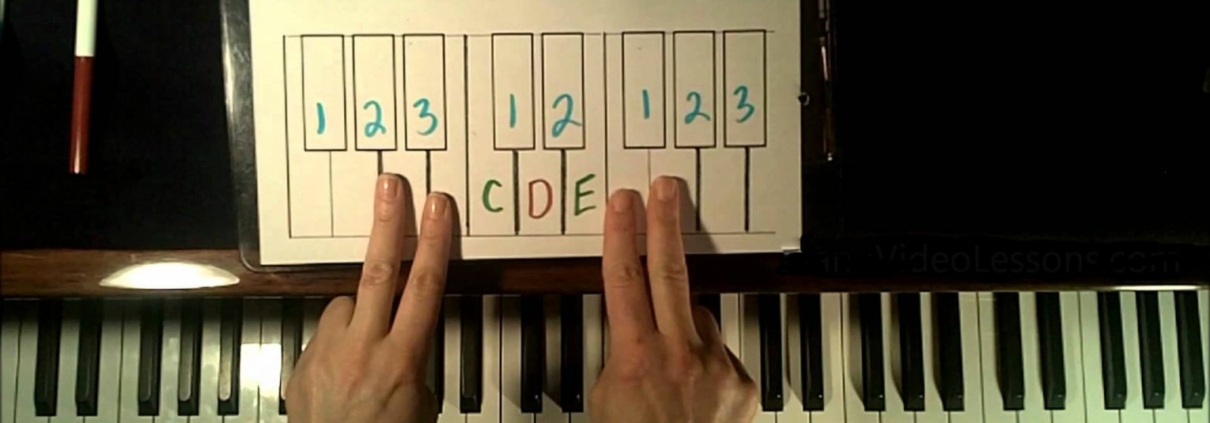Keyboard Piano Keys Layout And All You Need to Know
The first thing that beginners to the piano need to learn is where the notes and keyboard piano keys layout are. Once they have that down, they can perform an entire composition or song. The memorizing techniques listed below will also help you pick up the piano fast and advance quickly. Now let’s find out with pianosintheparks !
Reading More:
- Top 4 Piano App for Free
- Tune The Piano and All You Need to Know
- How to Controlling Humidity for Pianos
- How to Maintain a Grand Piano
- How to maintain an electric piano
What are the basic keys on the keyboard?
You must comprehend how the notes are grouped on the keyboard in order to memorize where they are on the piano. There are two black and white piano keys, each of which may play a distinct note.
- White keys: Composed of seven fundamental notes (Do, Re, Mi, Fa, Sol, La, Si), these keys are positioned adjacent to one another. The equivalent symbols are C, D, E, F, G, A, and B.
- Black keys: White notes will be used to divide these keys into clusters of two and three keys. There will be sharp notes (#) and flat notes (b) on the black keys.

The black and white keys on the piano represent different musical notes.
Every black and white key has unique properties, and when they are played in accordance with a set of rules, they combine to produce tunes that are mellow and simple to listen to. Layout of piano keys are easy to memorize when you start mastering.
How about the layout of piano keys?
This article will only show you where the notes are on a typical piano keyboard layout 88 keys, we will discuss about piano keyboard layout 61 keys and piano keyboard layout 36 keys in other posts. Then, we will find out a certain rule determining how the black and white notes are arranged.
- There are 52 white keys and 36 black keys on the 88 piano keyboard keys layout.
- A keyboard with 88 piano key layout corresponds to seven octaves ⅓. A set of 12 keys, consisting of 7 white keys and 5 black keys, makes up each octave.
In particular, the notes for each white key and black key are positioned as follows:
How to distribute and name the white keys of the piano keyboard keys layout
Seven fundamental notes are found on the white piano keyboard key layout: A (La), B (Si), C (Do), D (Re), E (Mi), F (Fa), and G (Sol).
- The following set of white keyboard piano keys layout will be B (Si), C (Do), D (Re), E (Mi), F (Fa), and G (Sol) if the piano’s outermost key is A (La).
- The following white key will follow the same procedure when the seven basic notes are completed, and so on until the 88th white key.
How to distribute and name the black keys of the piano keyboard keys layout
On the piano, the black keys are arranged in clusters. There are two different cluster configurations for the black keys: two black keys and three black keys alternating with the white keys. Wherein:
- Two neighboring keys arranged in a cluster: C (or D b) is the first black note, while D# (or E b) is the second.
- Group of three nearby keys: The first black note is F# (or G b), the second is G# (or A b), and the third is A# (or B b).
- The notes Re (D) between the cluster of two black keys and Sol (G), La (A) between the cluster of three black keys are often the white keys scattered throughout these black key clusters.
How to memorize all the keyboard piano keys layout?
Users will rapidly become used to the piano keyboard by using the technique of labeling numbers or notes on it. But instead of writing on the keyboard, you should select a paper kind that removes easily and doesn’t leave behind any glue residue. For the reason that writing directly on a plastic keyboard will contaminate it. Additionally, it will cause the ivory keyboard to change color and detract from the piano’s overall appearance.

Labeling musical notes on the keyboard is a fun way to get familiar with the keyboard.
You can approach the piano more swiftly and become proficient at playing the piano sooner if you can remember where exactly the keyboard piano keys layout are. To make learning the piano easier, you should acquire a good, adequate piano in addition to studying music theory. Hope you enjoy our article!




Leave a Reply
Want to join the discussion?Feel free to contribute!